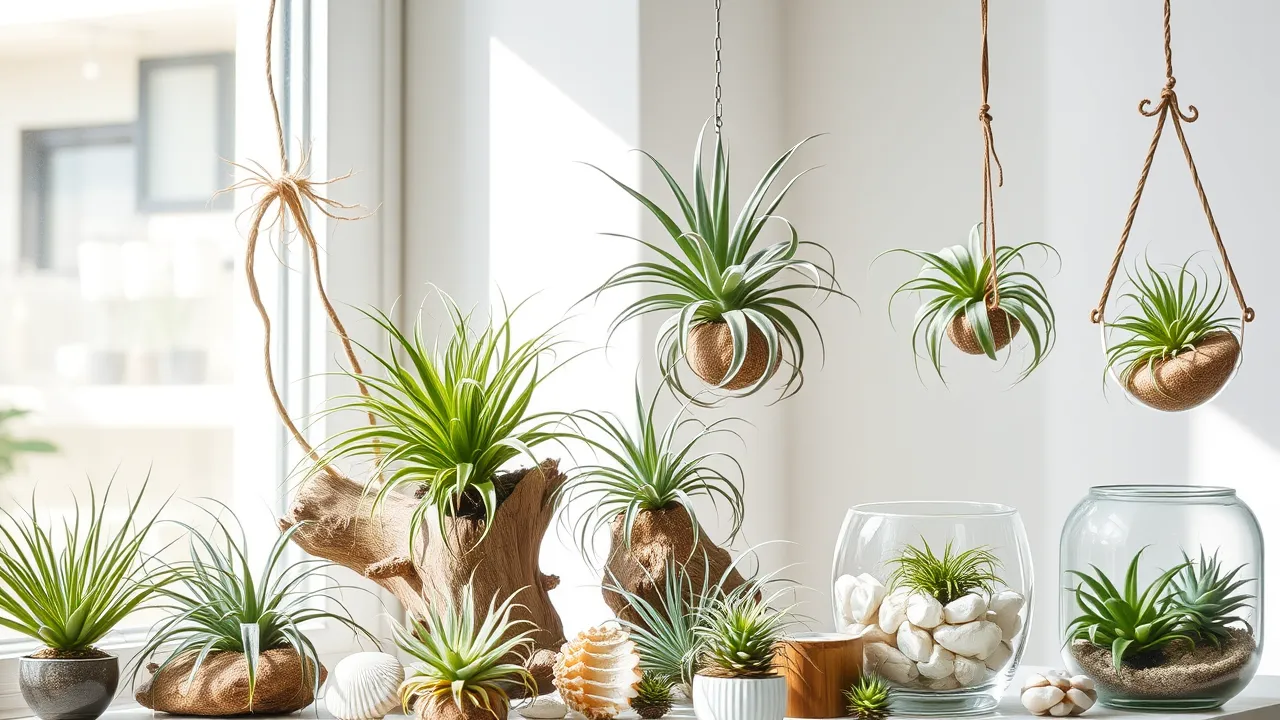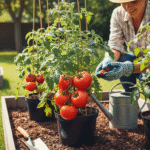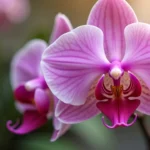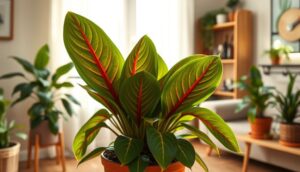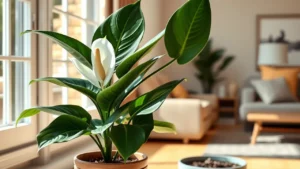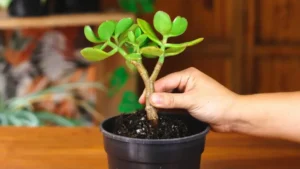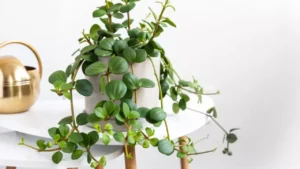Air plants, also known as Tillandsia, have captured the hearts of gardeners and plant enthusiasts worldwide. Their unusual ability to thrive without soil, combined with their sculptural beauty, makes them an exciting choice for both indoor and outdoor gardening. Whether suspended in glass terrariums, mounted on driftwood, or displayed in creative arrangements, air plants bring a sense of whimsy and elegance to any space. In this guide, we’ll explore everything you need to know to care for these fascinating plants, from their unique characteristics to practical care tips gathered over two decades of gardening experience.
Table of Contents
Air Plants Overview
Air plants belong to the Bromeliaceae family, and unlike most plants, they do not require soil to grow. They absorb water and nutrients directly through their leaves via specialized structures called trichomes, which also give them a silvery or fuzzy appearance. Native primarily to Central and South America, air plants thrive in a variety of climates, from rainforests to deserts.
What makes them so appealing is their versatility and low-maintenance nature. You can mount them, hang them, or even attach them to creative décor items. Despite their seemingly delicate appearance, air plants are remarkably resilient when provided with the right conditions.
Air Plants Quick Care
| Feature | Details |
|---|---|
| Scientific Name | Tillandsia spp. |
| Common Name | Air Plant |
| Native Region | Central and South America, Mexico, Southern US |
| Light Requirements | Bright, indirect light; some tolerate partial sun |
| Watering Needs | Soak 20–30 mins once a week; mist 2–3 times per week in dry climates |
| Propagation | Offsets (“pups”) or seed germination |
| Toxicity | Non-toxic to pets and humans |
| Growth Rate | Slow to moderate; 1–3 inches per year depending on species |
| Ideal Temperature | 50–90°F (10–32°C) |
Air Plants Requirements
| Feature | Details |
|---|---|
| Hardiness | Tender perennials; sensitive to frost |
| Climate Zones | USDA 9–11 |
| Plant Type | Epiphyte (air-growing) |
| Plant Family | Bromeliaceae |
| Plant Genus | Tillandsia |
| Season of Interest | Year-round; flowers bloom seasonally depending on species |
| Height | 2–12 inches (varies by species) |
| Spread | 2–8 inches |
| Spacing | 4–6 inches between plants |
| Depth | Surface-mounted or shallow displays; no soil depth required |
| Maintenance | Low to moderate; regular soaking and occasional fertilization |
| Soil Type | Not required; can be mounted or placed in a medium that allows airflow |
| Soil PH | Not applicable |
| Soil Drainage | Not applicable; air circulation is crucial |
How to Care for Air Plants
1. Air Plants Light Requirements
Air plants thrive in bright, indirect light. A spot near an east- or west-facing window is ideal. Direct sunlight can scorch their leaves, especially in hotter climates, while too little light slows growth and may prevent flowering.
Pro Tip: I once kept Tillandsia xerographica on a south-facing windowsill with filtered sunlight using a sheer curtain. The plant grew spectacularly without sunburn.
2. Air Plants Watering
Watering is the most crucial aspect of air plant care:
- Soaking Method: Submerge the plant in room-temperature water for 20–30 minutes once a week.
- Misting: In dry environments, mist 2–3 times weekly between soaks.
- Drying: Shake off excess water and let the plant dry upside down to prevent rot.
Gardening Anecdote: Overwatering is the #1 mistake beginners make. I’ve seen perfectly healthy air plants develop root rot simply because they were left sitting in water. Always ensure full drying.
3. Air Plants Soil
Air plants do not require soil. They absorb moisture and nutrients through their leaves. However, they benefit from air circulation, so avoid tight containers that trap humidity.
4. Pot for Air Plants
Air plants can be displayed in:
- Glass terrariums
- Mounted on wood, stones, or driftwood
- Hanging arrangements with wire or string
Tip: Make sure there’s ventilation. Air plants love to “breathe.”
5. Repotting Air Plants
Since they don’t grow in soil, repotting is more about changing their display rather than actual planting. Simply:
- Remove the old mount.
- Place on a new holder with good air circulation.
- Avoid adhesives that may damage leaves; use fishing line or soft wire instead.
6. Air Plants Temperature
Ideal temperatures are 50–90°F (10–32°C). Protect from frost in winter, and avoid prolonged exposure to temperatures above 95°F (35°C), which may stress the plant.
7. Air Plants Humidity Requirement
Air plants thrive in 50–70% humidity. Low humidity requires more frequent misting or soaking. In dry climates, grouping plants together can help maintain local humidity levels.
8. Air Plants Pruning
Pruning is simple:
- Remove dead or brown leaves by gently pulling them away.
- Trim dried flower stalks after blooming to encourage new growth.
Pro Tip: Avoid cutting green leaves; they are vital for nutrient absorption.
9. Air Plants Fertilizer
Use a bromeliad or air plant fertilizer diluted to half strength:
- Fertilize monthly during the growing season.
- Can be added to soak water for better absorption.
Tip: I’ve found that occasional fertilization encourages brighter blooms and healthier pups.
10. Air Plants Pests and Diseases
Common issues include:
- Mealybugs or scale: Treat with diluted alcohol on a cotton swab.
- Fungal rot: Caused by overwatering or poor air circulation; remove affected leaves and adjust watering.
Expert Insight: Keeping a small fan near indoor air plants can drastically reduce humidity-related fungal issues.
Expert Tips and Gardening Anecdotes
- Pups Are Your Friends: Air plants propagate via offsets called pups. Allow them to reach 1/3 the size of the mother plant before separating.
- Creative Displays: I’ve mounted air plants in seashells, cork bark, and even old lanterns. They thrive while adding a natural, artistic touch.
- Seasonal Blooming: Most Tillandsia bloom once in their lifetime but produce offsets afterward. Don’t worry; the plant lives on through its pups.
Scientific Note: Trichomes, the small scales on leaves, are key to water absorption. The more silver and fuzzy the leaf, the more adapted it is to dry environments. Understanding this helps in adjusting watering routines based on species.
Conclusion
Air plants are a delightful blend of elegance, resilience, and creativity. With their minimal requirements and astonishing adaptability, they offer both beginner and seasoned gardeners a chance to explore gardening in a fresh, innovative way. Whether you display them in terrariums, mount them artistically, or simply enjoy their ethereal beauty, air plants can transform any space while adding a touch of natural wonder.
Growing air plants is not just about nurturing a plant—it’s about cultivating a little bit of magic. With the tips, tables, and expert insights provided here, you now have everything you need to create your own thriving air plant collection. So, grab a few Tillandsia, let your creativity flow, and enjoy the serenity and beauty these airborne wonders bring to your life.

